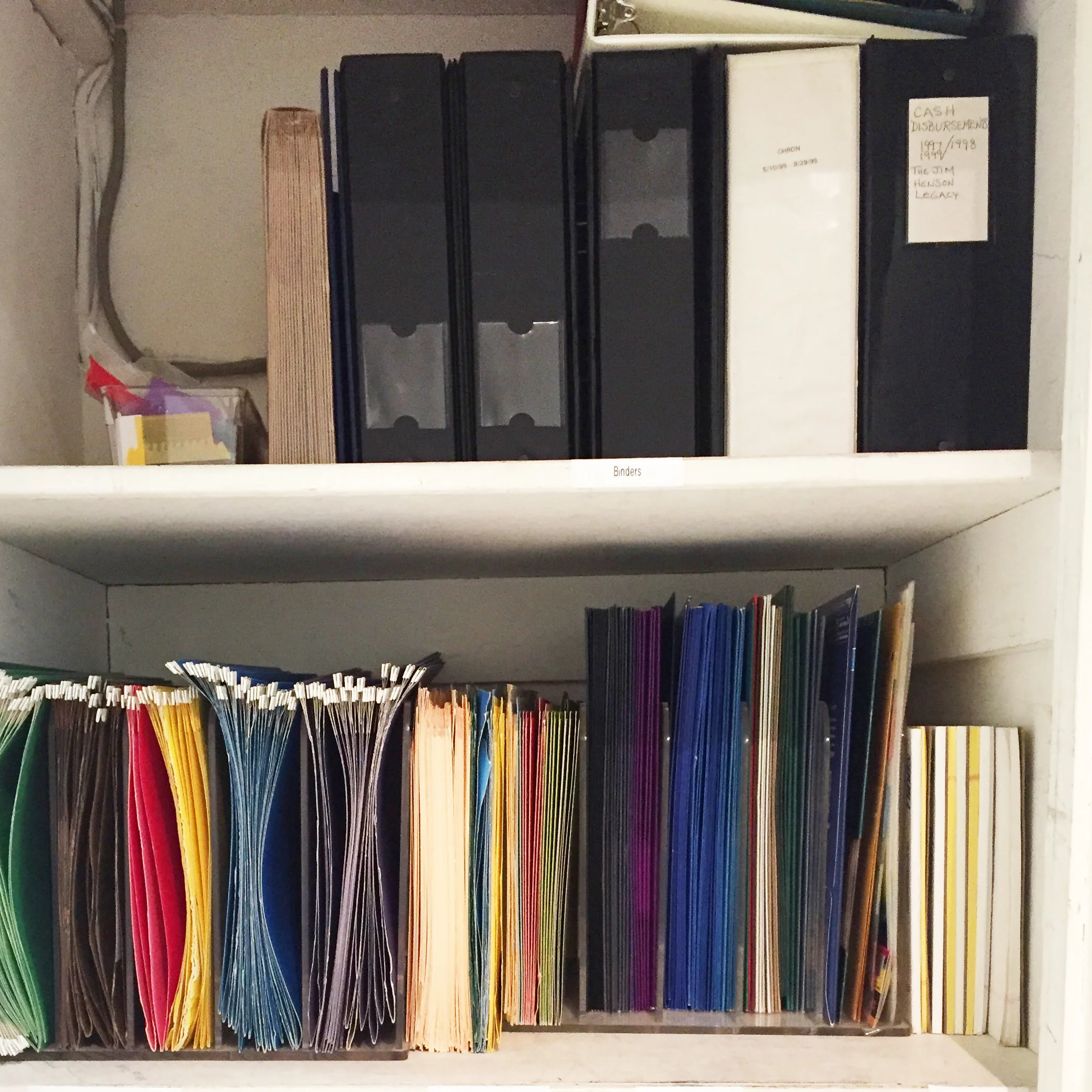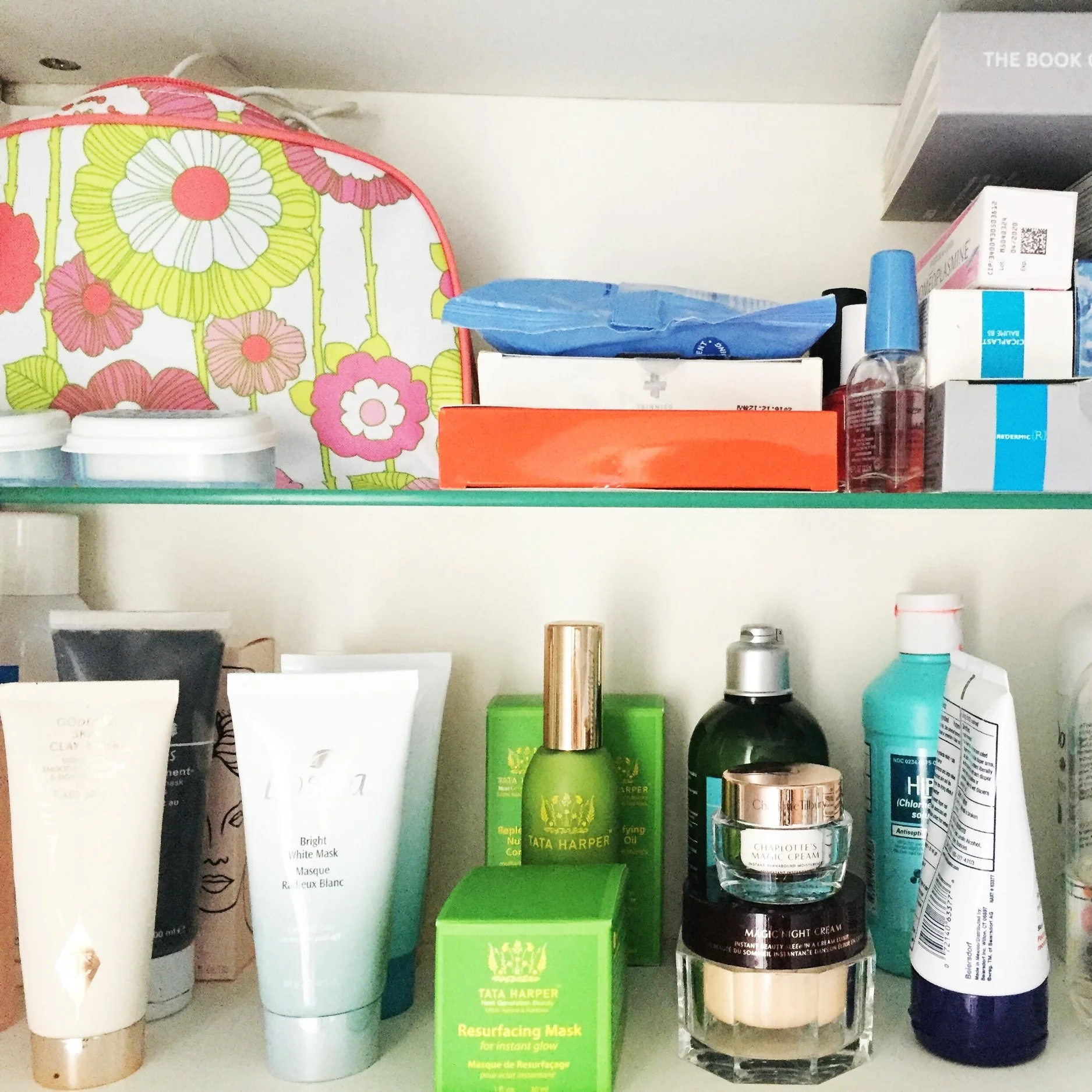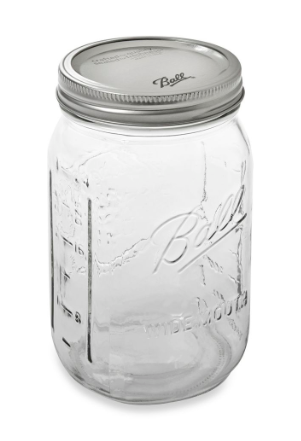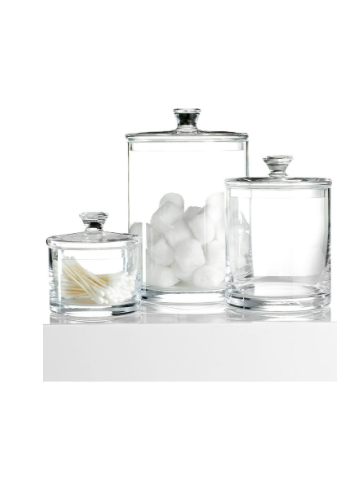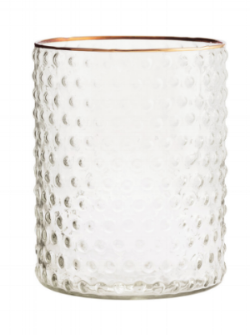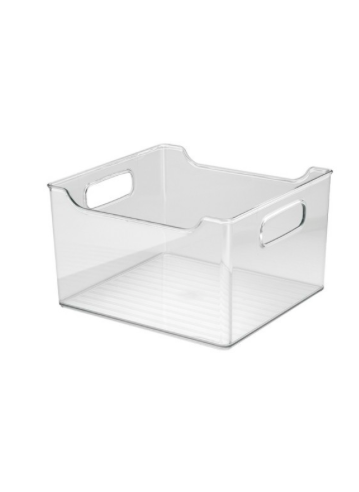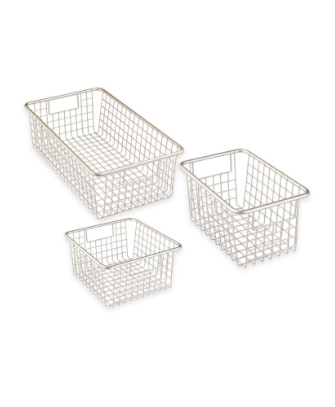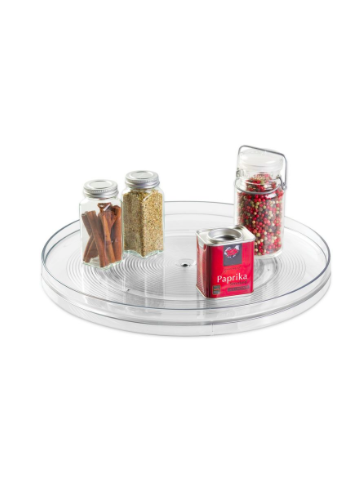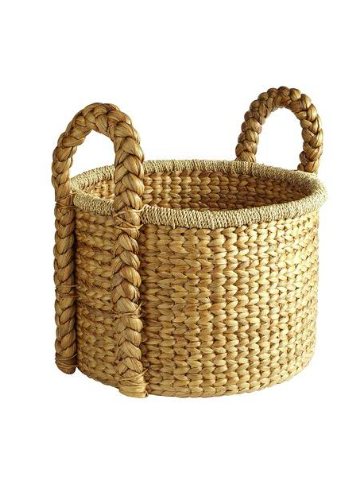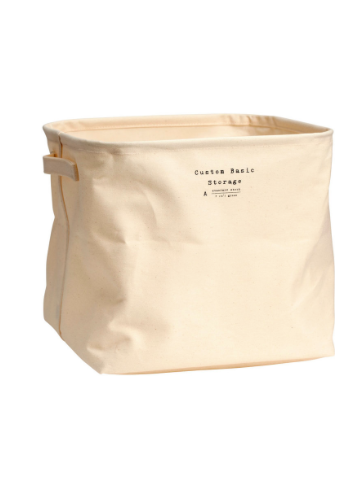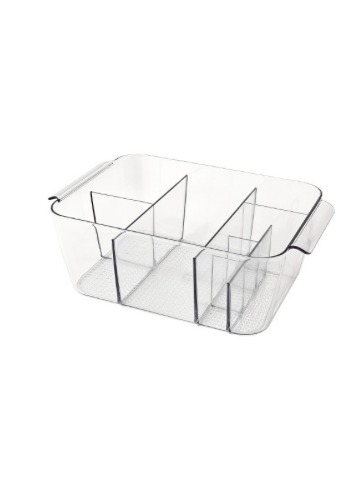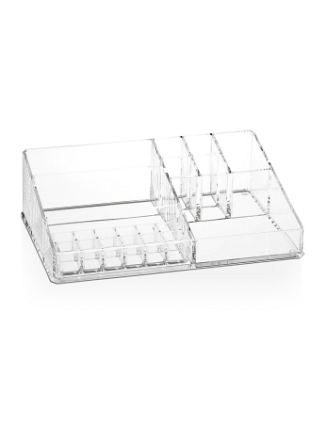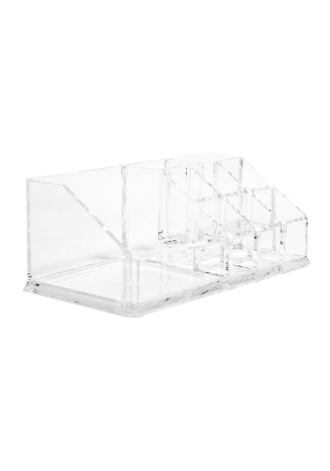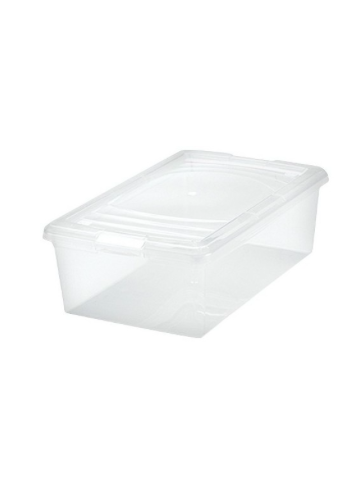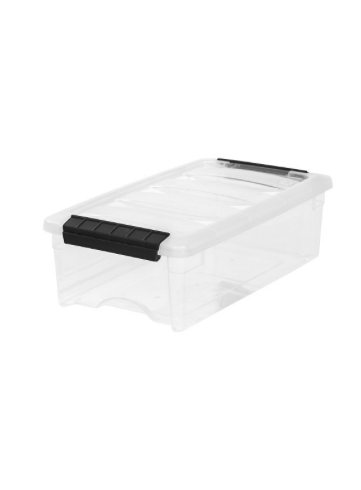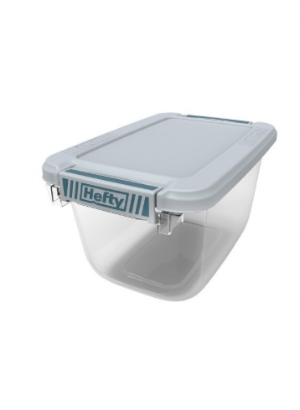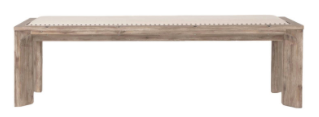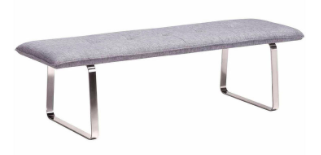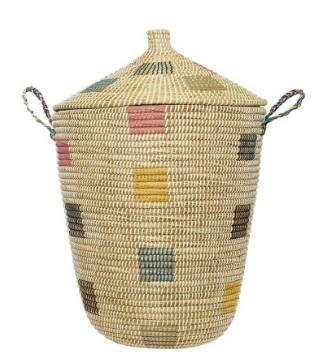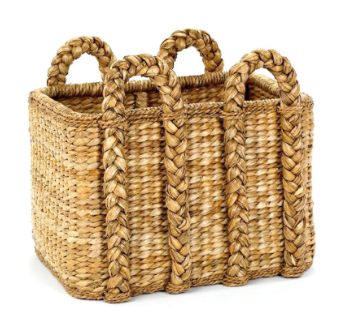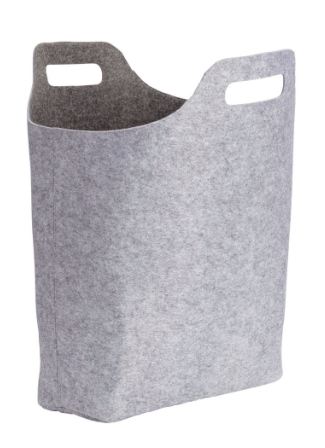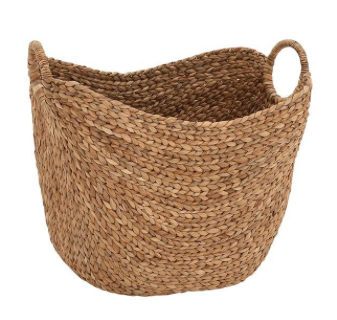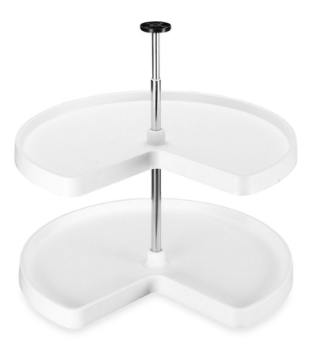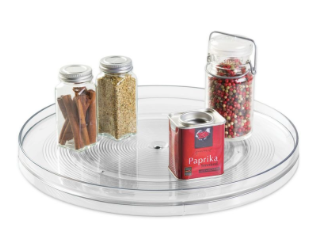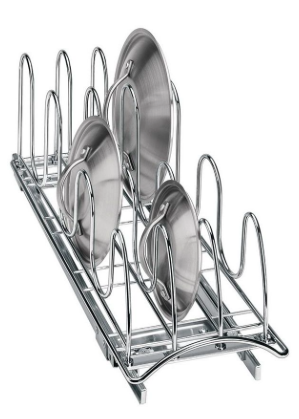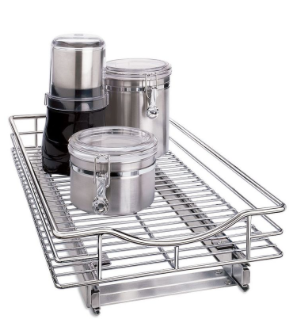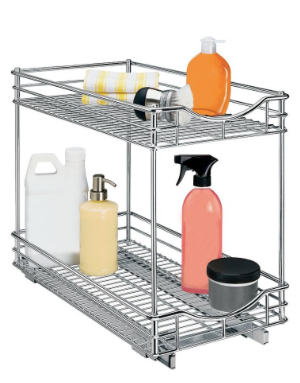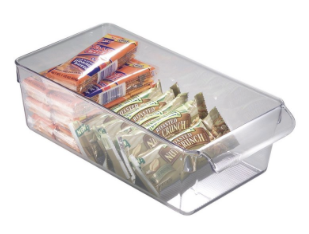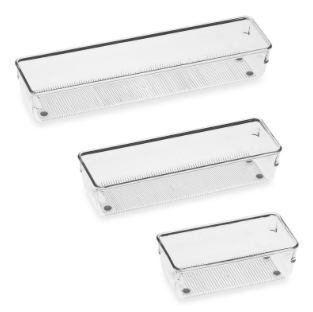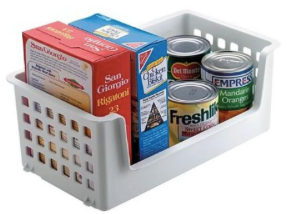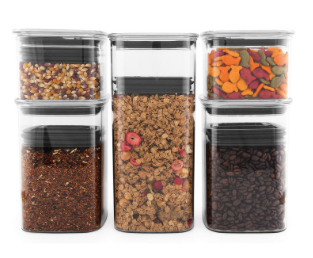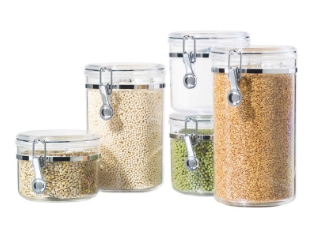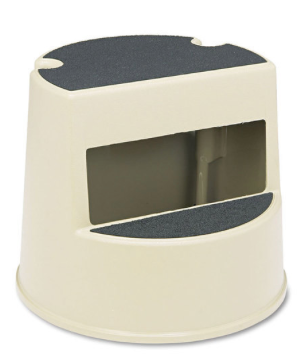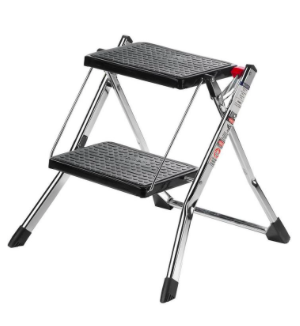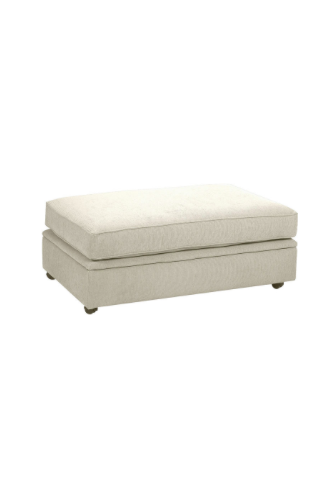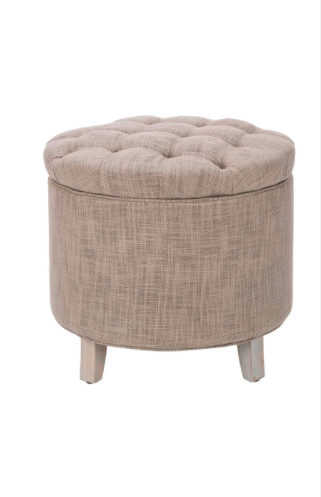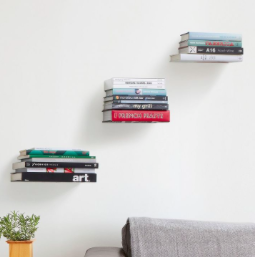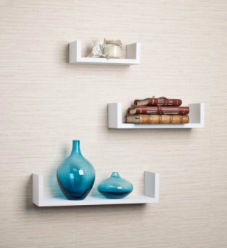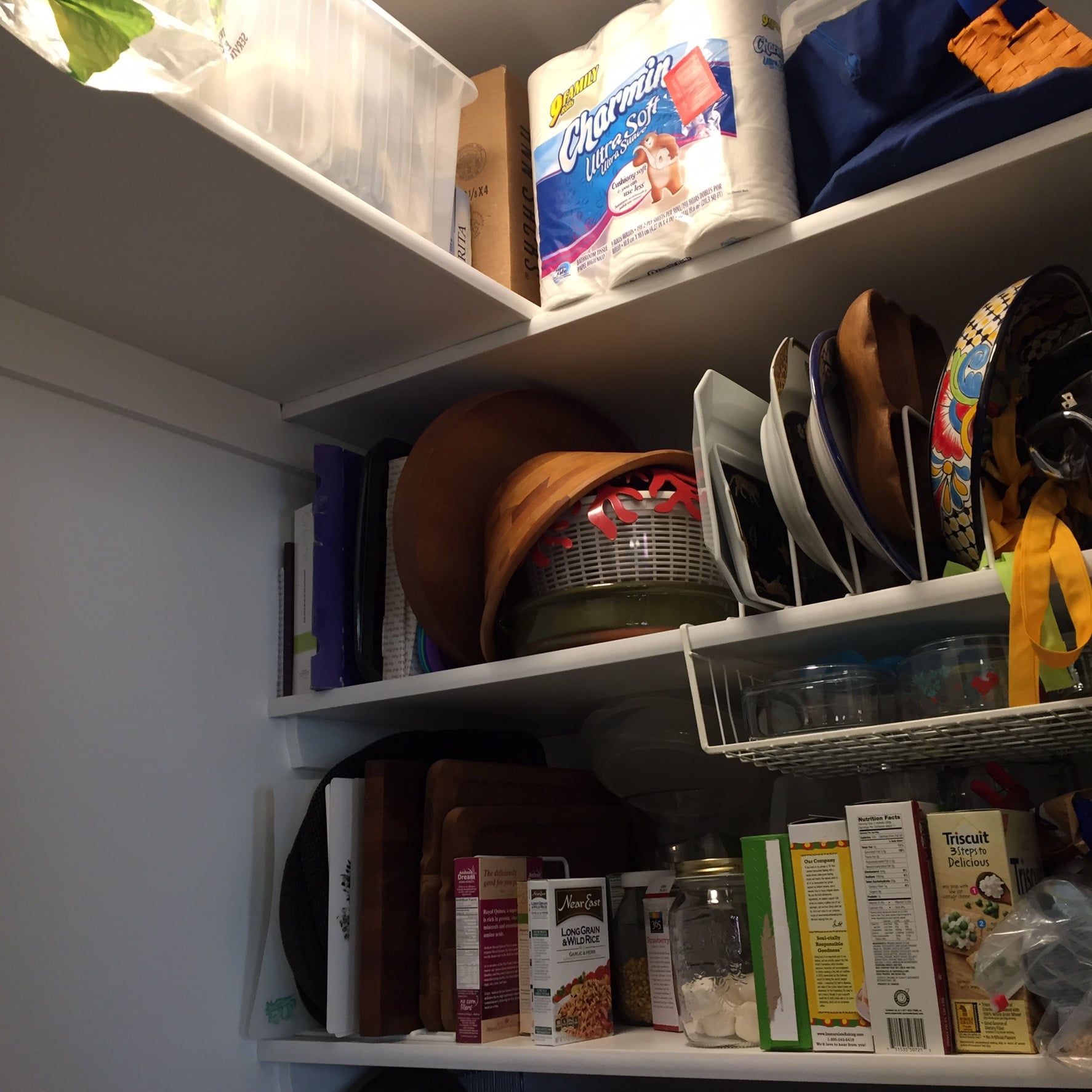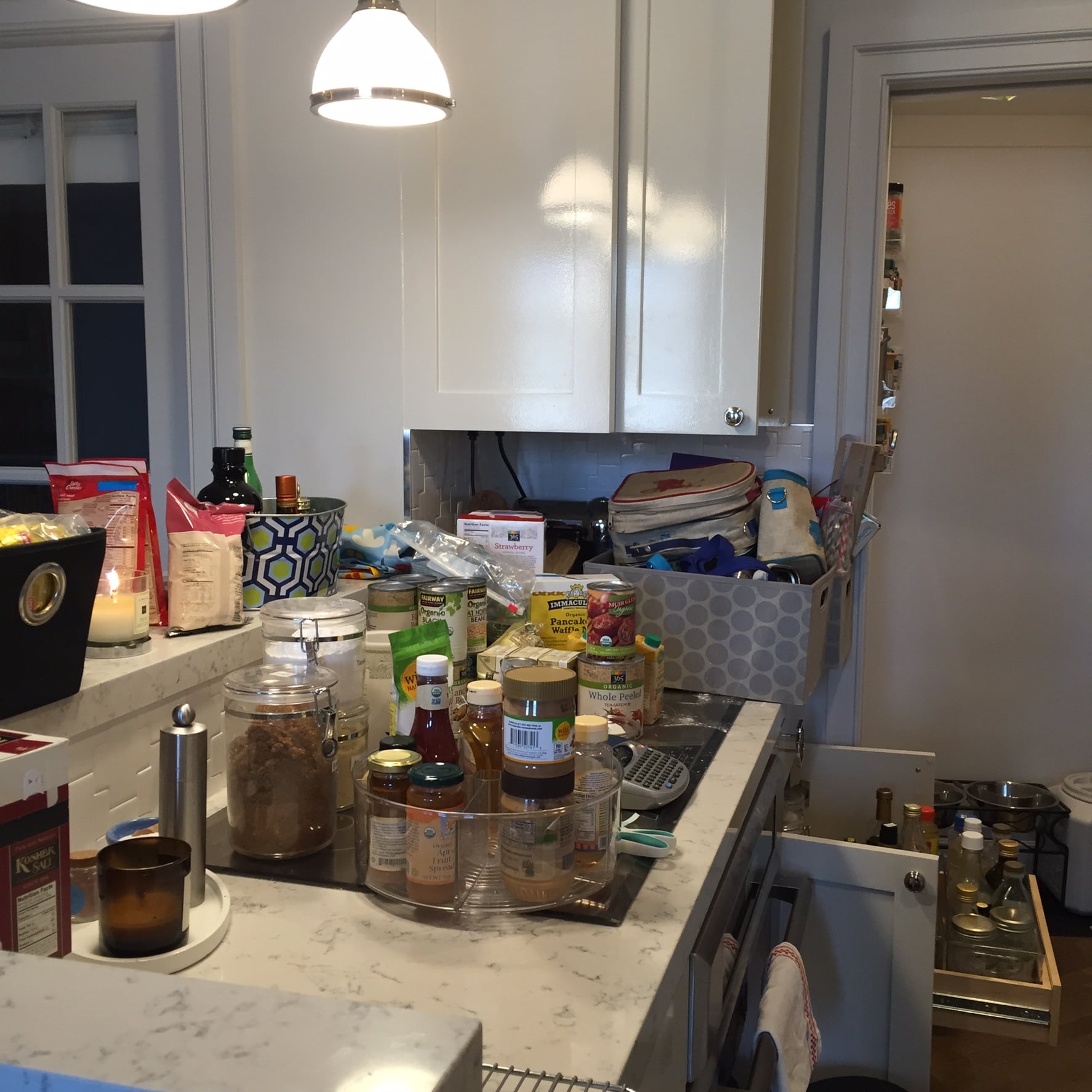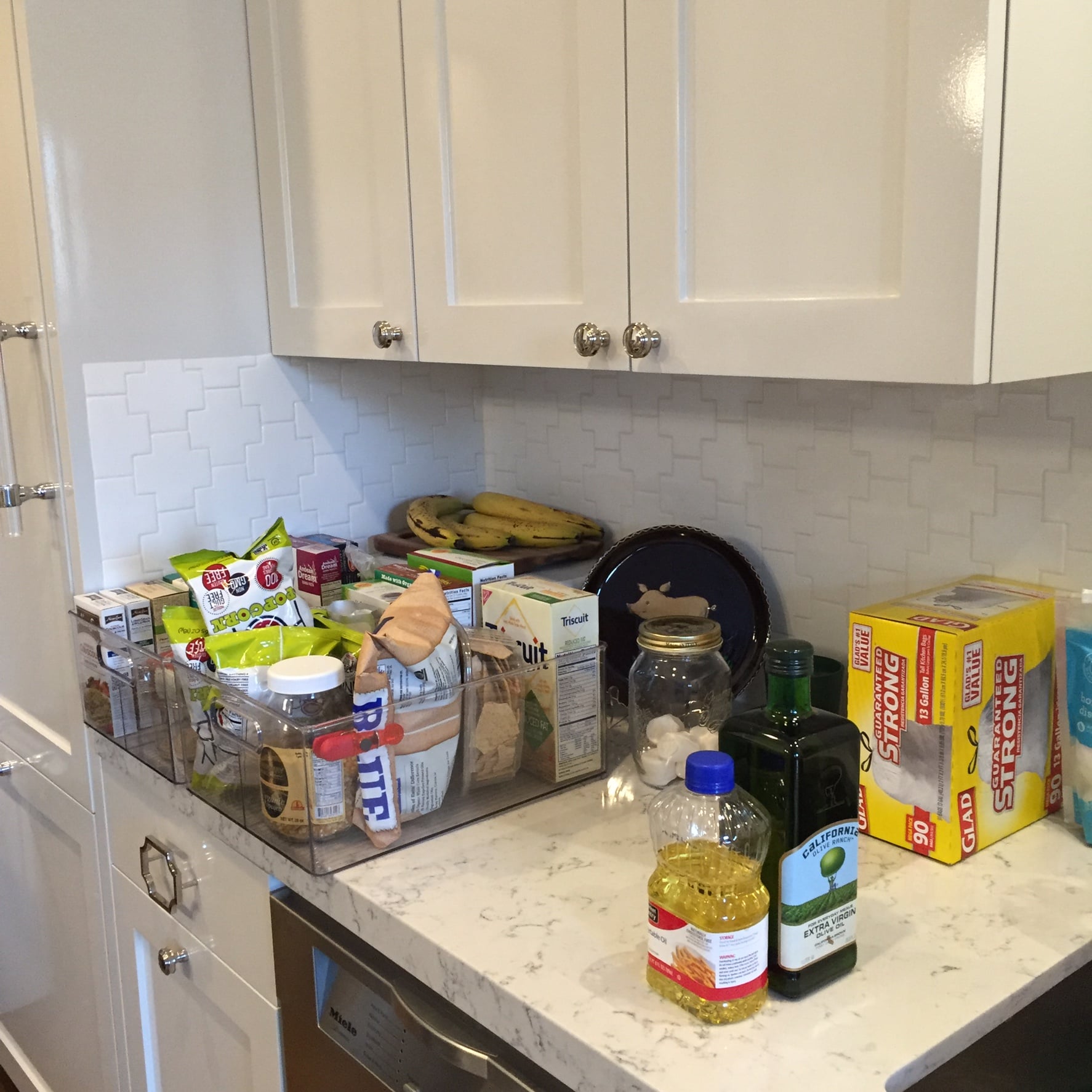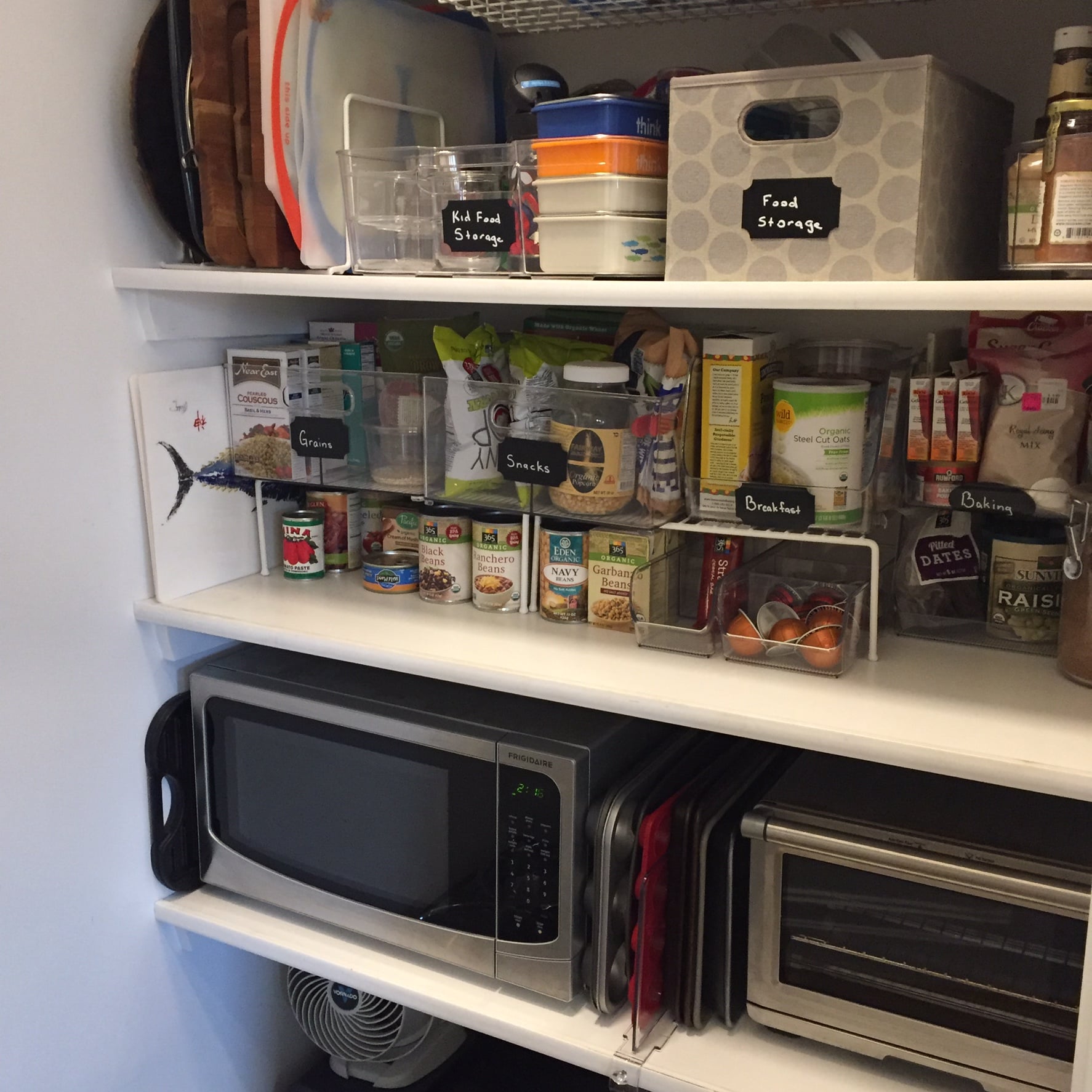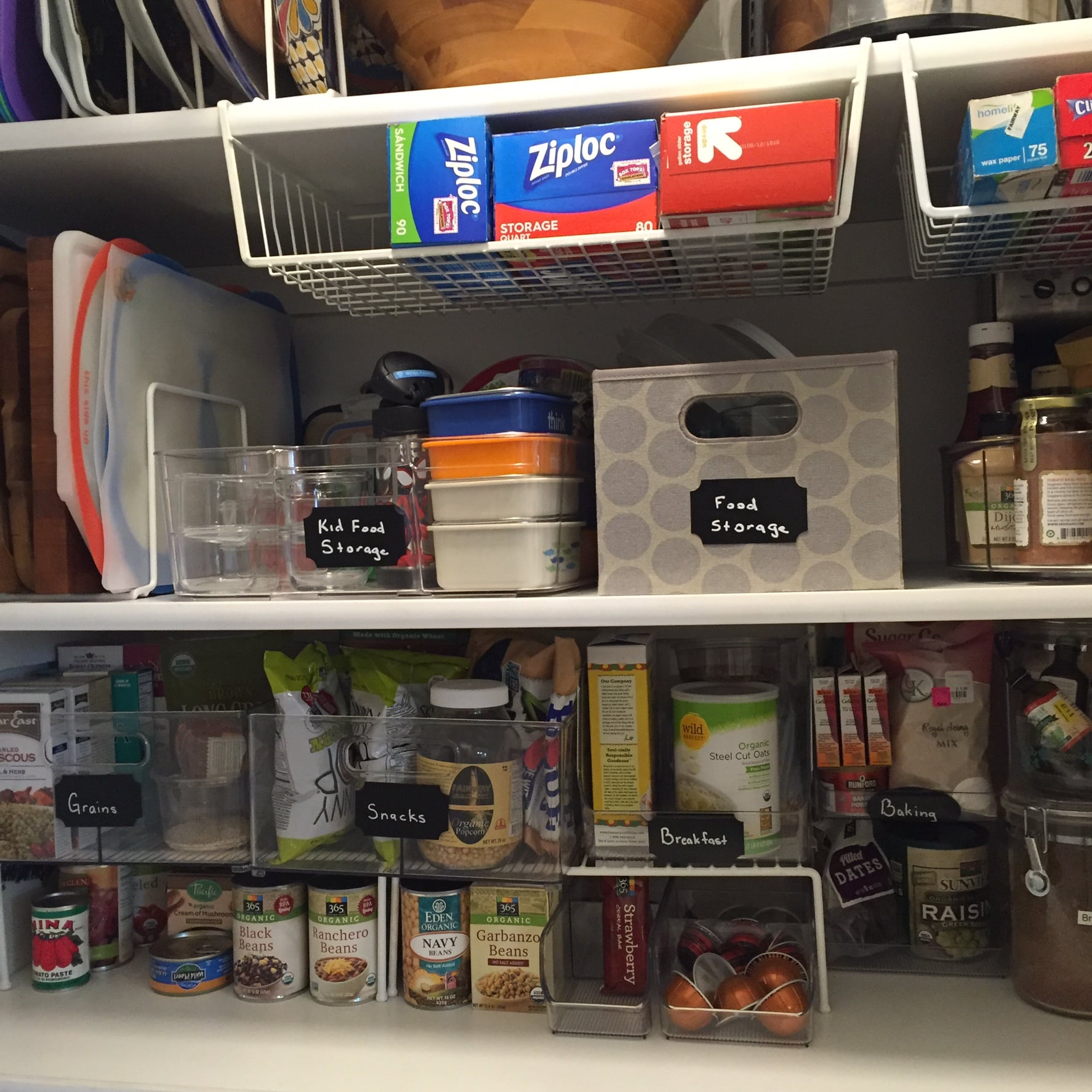If your house is anything like ours, there is always a pile of paperwork to be handled and sometimes you just don’t want to deal with it. Between catalogs, magazines, junk mail, bills, work and school papers, it can seem endless. However, there are some things you can do to get ahead of it. Read on to help stem the tide and get a handle on the paper piles.
Create a Command Center: The first step to handling paperwork is creating a command center to house all of the paper and mail that comes into the home. This is a good place to set up files for each member of the family so that you can separate their important documents.
Keep it Moving: Part of taming paperwork is keeping it moving. This means that once you open it that you help move it along by taking action. Pay the bill, sign the paper or get the right person involved if need be. For instance, you may get an inquiry from an insurance company that requires action by your doctor and, if that is the case, get your doctor involved at that moment so that it no longer sits on your to-do list.
Set Aside Time: Paperwork needs to handled on a weekly, if not daily, basis but that can seem hard when hectic schedules and last minute activities get in the way. One way to help make handling paperwork a priority and seem a bit more manageable is to set aside time on your calendar each week to do it. Even just thirty minutes a week should help tame the piles.
Stop the Flow: Get a grip on the amount of paperwork that comes into your home by removing yourself from direct mailing lists (DMAchoice.com), from credit and insurance solicitations (OptOutPrescreen.com) and from even bills themselves by signing up to go paperless. And, in the meantime, you can also literally make the call to the magazines that come into your home unsolicited to have yourself removed from their mailing list. At the same time, you should also ask that they don’t sell your name to other companies.
How do you control paperwork at home?





